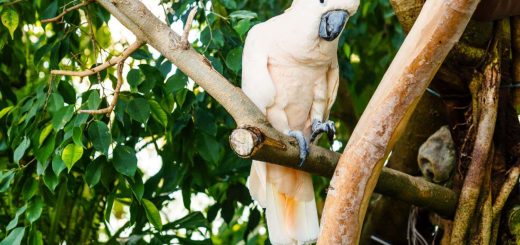Lunar missions may contaminate the moon with hardy Earth microbes
Experiments on Earth indicate some common species of bacteria and fungi could survive for several days on the moon’s surface, suggesting missions must take stronger precautions to avoid contamination
By Alex Wilkins
16 September 2025
Satellite image of the lunar south pole and Schrödinger basin
NASA/SCIENCE PHOTO LIBRARY
The moon might be more hospitable to life than we thought, increasing the risk of future moon missions contaminating the lifeless lunar surface.
Space missions must follow policies on “planetary protection” to avoid contaminating other bodies of the solar system with microbes from Earth – which might mislead us into thinking these bodies have their own life forms.
Read more
Why we must investigate Phobos, the solar system's strangest object
Many of the protections we have on Earth, such as our atmosphere and magnetic field, don’t exist on the moon. As a result, its surface is exposed to high-energy particles from outer space, extreme temperatures and lethal ultraviolet light from the sun, making it a harsh environment for organisms to survive in.
Because of this, most astronomers consider the lunar surface essentially sterile. The Committee on Space Research places it in the second lowest category of planetary protection, along with Venus and comets, for bodies that have “only a remote chance that spacecraft-borne contamination could compromise investigations”.
But new research by Stefano Bertone at NASA Goddard Space Flight Center and his colleagues suggests life might be able to survive for days, or potentially more than a week, in some regions around the moon’s poles, which is where NASA’s future Artemis mission is planning to visit. This means there is a risk missions will contaminate these areas, leading to false positives in studies searching for life.


